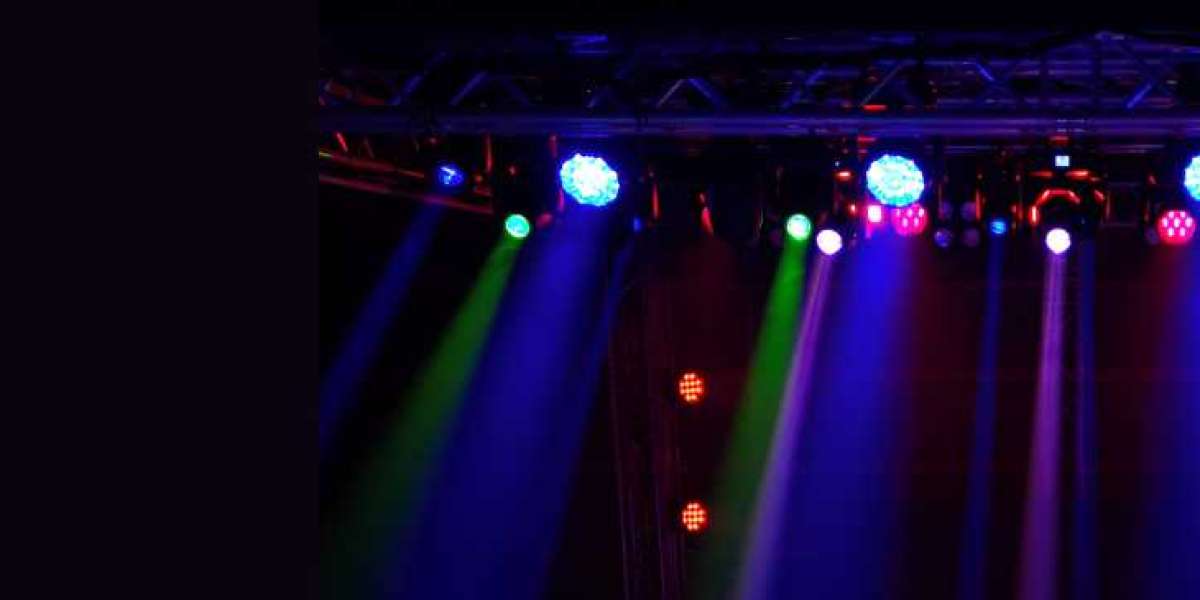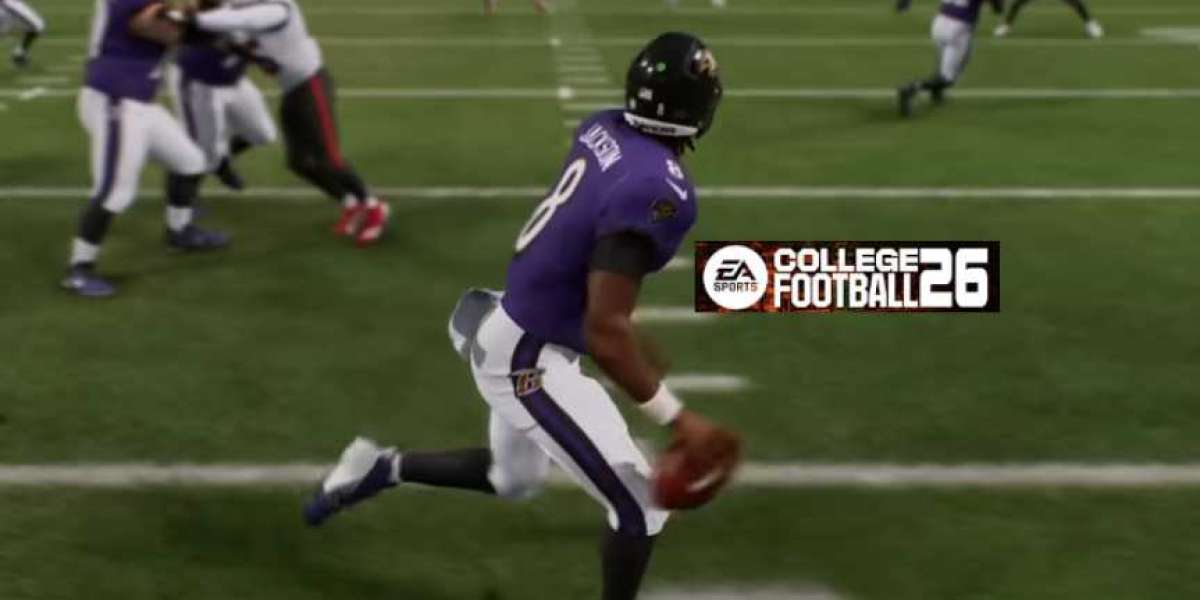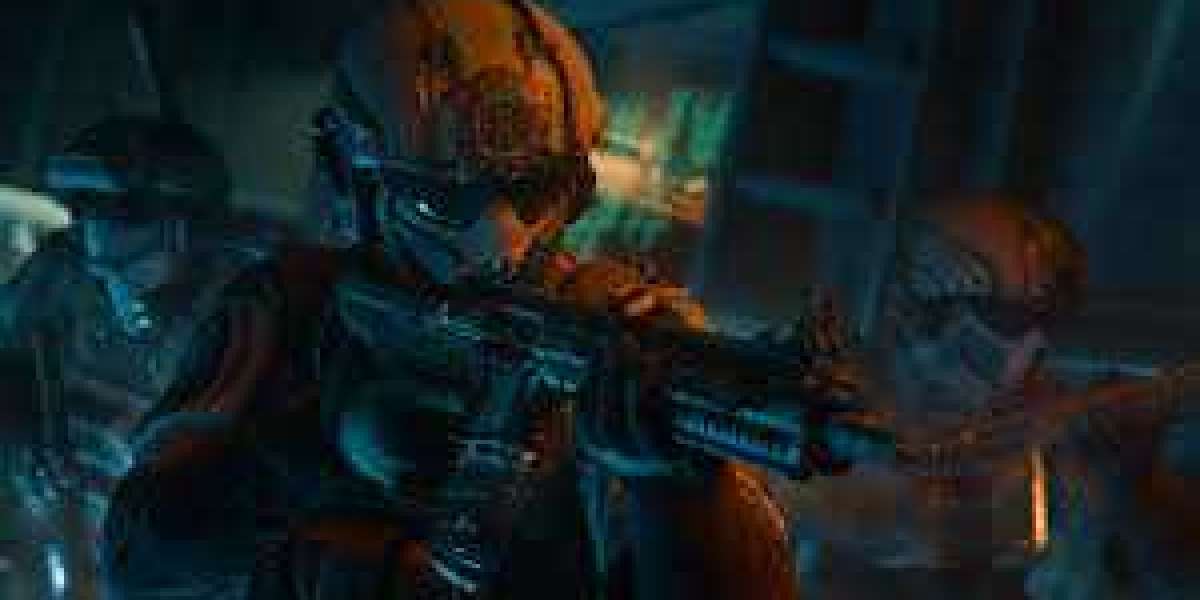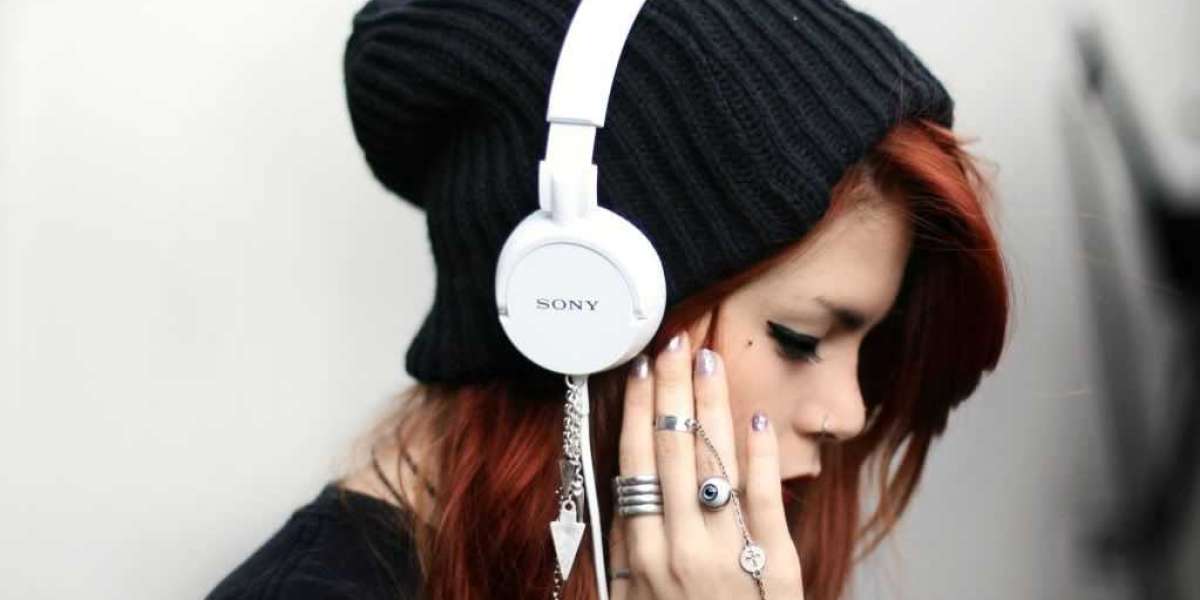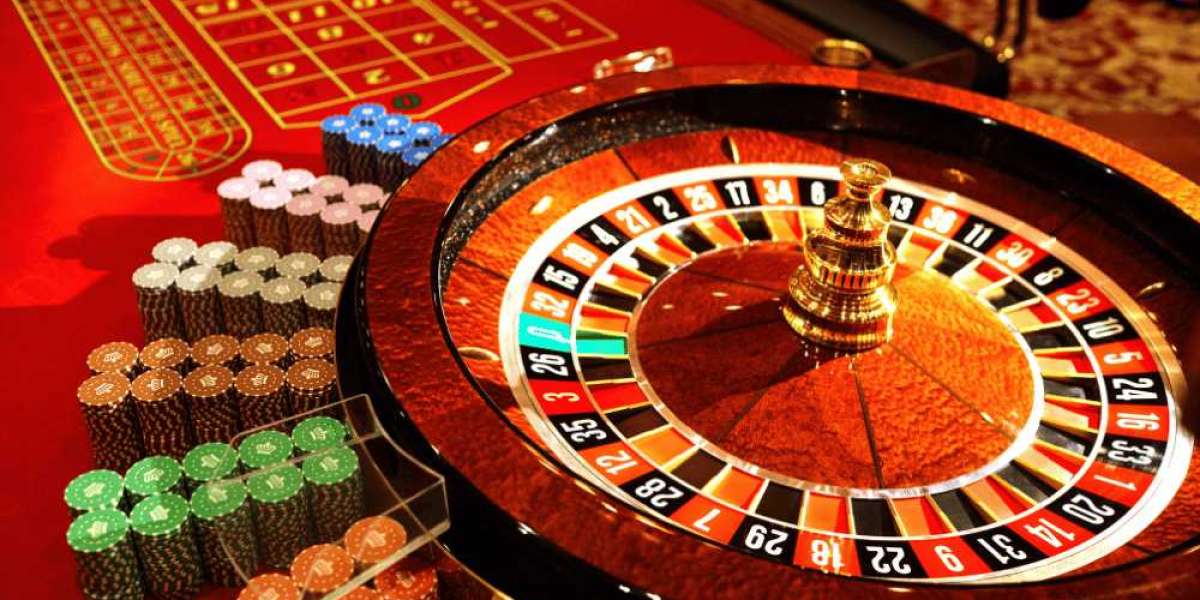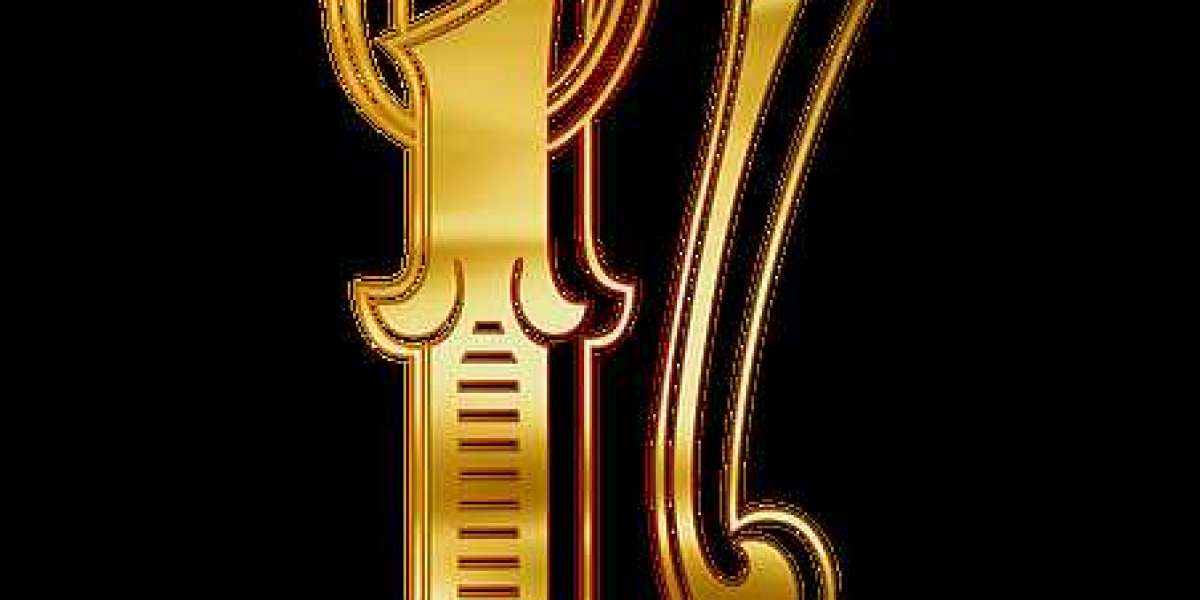In fashion shows, lighting is more than just illumination—it’s an essential part of the brand story, presentation mood, and visual aesthetic. Moving head lights provide the flexibility, elegance, and precision required to make garments shine, models glow, and designers’ visions come to life.
The Goals of Fashion Show Lighting
Fashion show lighting has unique requirements compared to concerts or theatre:
Accentuate fabric texture and detail
Maintain consistent color rendering
Follow moving models down the runway
Adapt for photos and video recording
Reinforce the theme or mood of the collection
Moving Heads vs. Conventional Fixtures
Conventional fixtures can be too static for the dynamic pace of runway shows. Moving heads offer:
Adjustable focus and beam shaping
Follow-spot flexibility without crew
Quick changes between segments or collections
Silent operation for luxury environments
Key Lighting Techniques
1. Runway Wash
A soft, even wash ensures models are well-lit from head to toe. Use moving heads with:
Zoom control
High CRI LEDs
Flat beam field
Position fixtures at a 45° angle from overhead or high side positions.
2. Backlighting and Silhouettes
To add drama or emphasize garment shapes, position moving heads behind the runway. Use backlight cues during transitions or specific walks.
3. Spotlight Effects
For finales or celebrity models, create an isolated look using a tight beam. Intelligent follow-spot programming allows movement without visible human operation.
Creative Flourishes
Use gobos to:
Project branded logos or patterns onto the runway or backdrop
Add textured movement during musical interludes
Create “digital scenery” to match the designer’s theme
Subtle color cues (e.g., blush for romance, blue for futurism) enhance the emotional subtext of the show.
Color Considerations
Color temperature must be accurate to ensure clothing looks true:
5600K daylight is standard for neutral rendering
Avoid overly saturated color washes unless stylistically intended
Use warm tones for intimate moments, or cool hues for edgy, high-tech collections.
Syncing with Music and Choreography
Modern fashion shows are performance pieces. Sync lighting cues with:
Music beats
Choreographed walks or dance
Wardrobe changes
Set piece reveals
Timecode or MIDI triggers can help automate complex sequences.
Transition Lighting
Between segments, use:
Moving gobos to “reset” the space
Blackouts or dimmed amber looks to suggest intimacy
Color crossfades to indicate a new designer or theme
Photography and Video Compatibility
Consult with video and photo teams to ensure:
No strobe effects that disrupt filming
Color temperatures match camera white balance
No shadows fall on faces or garments
Quick Load-In and Load-Out
Many fashion events are one-night pop-ups. Use compact moving heads:
Pre-address fixtures for plug-and-play use
Use wireless DMX to reduce setup time
Group lights by truss sections for rapid deployment
Conclusion
Fashion lighting is a high-stakes balancing act of technical precision and visual beauty. Moving head lights empower designers and producers to enhance garments with dynamic, emotionally resonant light while adapting to the fast pace of runway shows.
Read More Here:- https://penposh.com/blogs/463279/How-to-Balance-Aesthetics-and-Practicality-in-Lighting-Design
